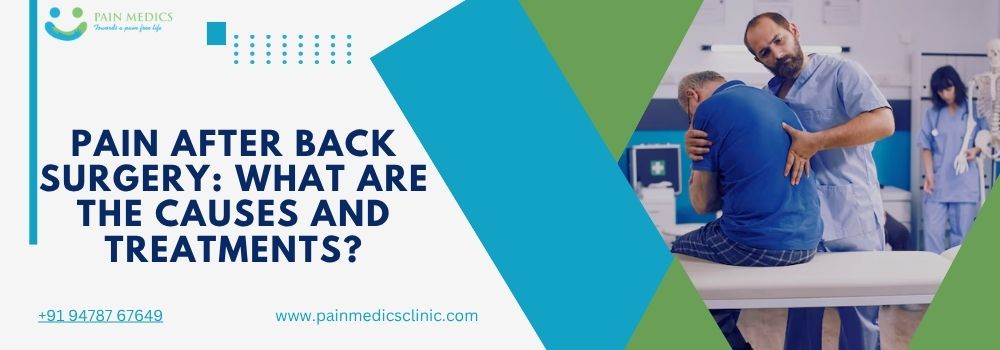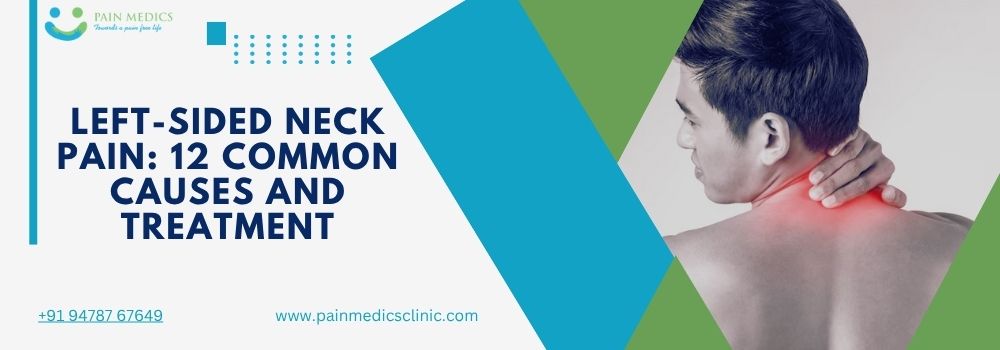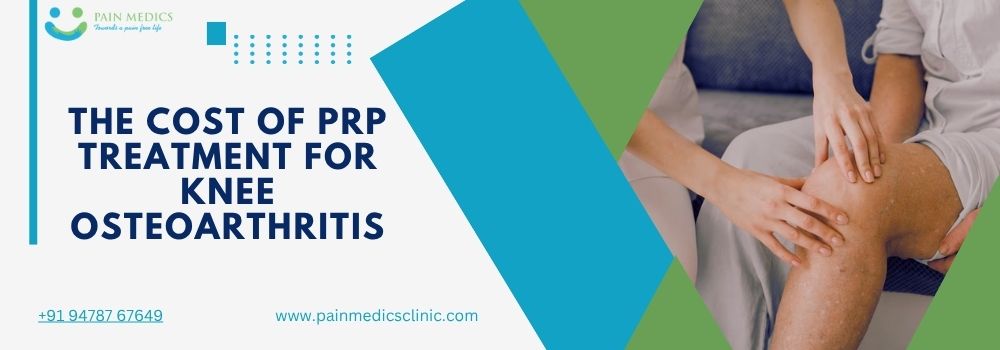Carpal Tunnel Syndrome (CTS) is the most common entrapment neuropathy of the human body, where a nerve supplying the forearm and hand, called the Median Nerve, is compressed as it passes through the wrist in a narrow canal. Carpal tunnel syndrome occurs when this tunnel becomes narrowed or when the tissue surrounding the flexor tendons (known as synovium) swells, putting pressure on the median nerve and reducing its blood supply.
Abnormal pressure on the nerve can result in numbness, tingling, pain, and weakness in the hand. Left untreated, this may cause atrophy of the muscles of the hand along with constant pain/burning/numbness in the hand.
It affects more females than males and is commonly seen in conditions like diabetes, rheumatoid arthritis, hypothyroidism, pregnancy and in old age.
What is Carpal Tunnel?
The carpal tunnel is a narrow passageway in the wrist, about an inch wide. The floor and sides of the tunnel are formed by small wrist bones called carpal bones. The roof comprises of connective tissue band called the transverse carpal ligament or the flexor retinaculum. It is a tight space containing nine muscle tendons along with the median nerve, with very little scope for accommodation. Median nerve travels in the forearm and enters the hand, deep to this retinaculum, to supply the skin and muscles of the hand.
Carpal Tunnel Syndrome (CTS) Signs and Symptoms
- Numbness, tingling, burning, and pain — primarily in the thumb and index, middle, and ring fingers. People may wake up at night with pain.
- Shock or current-like sensations that radiate to the thumb and index, middle, and ring fingers.
- Pain or tingling that may travel up the forearm toward the shoulder.
- Weakness and clumsiness in the hand — this may make it difficult to perform fine movements such as buttoning your clothes.
- Dropping things — due to weakness, numbness, or a loss of proprioception (awareness of where your hand is in space).
In most of the patients, the symptoms begin gradually and are intermittent at first and later may occur more frequently or may persist for longer periods. A large majority of patients have nighttime symptoms due to sleeping with wrists flexed, which may awaken the patient at night. Daytime symptoms often occur when holding something for a prolonged period with the wrist bent forward or backward, such as when using a phone, driving, or reading a book.
Many patients find that moving or shaking their hands helps relieve their symptoms.
Carpal Tunnel Syndrome (CTS) Prevention
Paying early attention to the symptoms is very important in identifying and preventing this condition from progressing. Treatment of conditions like diabetes, hypothyroidism, and rheumatoid arthritis helps in halting the progression of CTS. If symptoms are encountered for the first time during pregnancy, they usually resolve with childbirth, but one has to be careful about the recurrence of symptoms subsequently with later pregnancies. Avoiding prolonged bending or wrist helps relieve pressure on the nerve.
Diagnosis And Treatment Options for Carpal Tunnel Syndrome (CTS)
Diagnosis is usually clinical with a few provocative tests that increase the symptoms of CTS like keeping the wrists bent inwards for a prolonged time to elicit the symptoms. Furthermore, ultrasound examination of the affected wrist helps in identifying the pathology inside the carpal tunnel like adherent nerve to the surrounding tissues, abnormal blood vessels or inflamed tendons inside the carpal tunnel. Ultrasound helps in establishing the diagnosis as well as treatment with ultrasound-guided injections into the carpal tunnel being performed to release the nerve from surrounding tissues resulting in instant and lasting relief in symptoms. Some patients refractory to treatment may require a Carpal Tunnel Release Surgery but lately, there is evidence against surgery because dividing the retinaculum leads to long-term instability in the wrist bones.
Other treatment options include using splints to reduce pressure on the nerve, NSAIDs, nerve gliding exercises, and occupational modifications.







